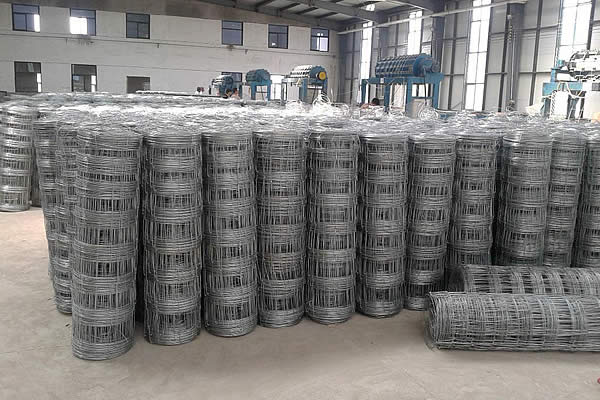Selecting the right cable wire for railing systems can significantly impact the aesthetics, safety, and longevity of your installation. Whether you are revamping the facade of an elegant home or designing the barrier of a commercial establishment, cable wires offer a sleek, modern, and unobtrusive solution. This guide delves into the essentials of choosing and installing cable wire for railing, focusing on experience-driven insights, expertise, authoritativeness, and trustworthiness.

One key aspect when considering cable wire for railings is the type of material.
Stainless steel cable wires are often the top choice due to their corrosion resistance and durability. Their ability to withstand harsh weather conditions without losing integrity is crucial, especially in coastal areas with salty air or regions with fluctuating temperatures. The 316-grade stainless steel is particularly favored for its superior resistance to pitting and corrosion, making it ideal for both indoor and outdoor applications.
The thickness of the wire is another critical factor. Typically, cable wires range from 3/16” to 1/4 in diameter, with each size catering to different aesthetic and strength requirements. Thinner cables maintain a minimalist look, which is increasingly popular in modern design. However, thicker cables tend to offer greater strength and are preferred in settings where safety and load support are paramount. Consulting with structural engineers or professionals can ensure you choose the right cable thickness that meets both safety standards and design specifications.

Tensioning is where many DIY enthusiasts and even some professionals can falter. Proper tension is crucial to prevent sagging and maintain a tidy, taut appearance. Over-tensioning can lead to warping or damage to the mounting posts, while under-tensioning compromises safety and aesthetics. Utilizing quality tensioning tools is advisable to achieve precise results. Turnbuckles are an essential component in this context, offering easy adjustments to maintain the ideal tension.
Installation techniques also play a vital role in the overall performance and appearance of cable railing systems. Professional installers often recommend pre-drilling holes in the posts with a slight downward angle. This technique prevents water from collecting and minimizes the risk of corrosion from moisture accumulation. The distance between posts should also be carefully measured; typically, it should not exceed 4 feet to prevent excessive cable deflection.
cable wire for railing
A common concern among homeowners and designers is the visual impact of the cable railing system. The unobtrusiveness of cable railings can enhance views and lend a spacious feel to the area. Techniques such as strategic lighting can accentuate these systems, adding both aesthetics and security. Integrating LED strip lights along the railing enhances visibility while highlighting the elegant lines of the design.
Maintenance is another critical consideration. Though stainless steel cable wire requires minimal upkeep compared to other materials, periodic cleaning and inspections are recommended. Using a mild detergent and water can remove any buildup of dirt or grime, while a specialized stainless steel cleaner can restore the wire's natural luster. Regular inspections ensure that the tension remains consistent and that there are no signs of wear or damage.
Moreover, when sourcing cable wire for railings, it is prudent to consider suppliers who offer detailed product information and robust customer support. Companies that provide clear specifications, including load capacities and installation guides, contribute significantly to a successful project. Reputable suppliers often present certifications or endorsements from relevant industry authorities, which is a testament to their products' reliability and performance.
Finally, it is essential to remain compliant with local building codes and regulations. These codes may dictate aspects such as the allowable spacing between cables or the height of the railing system. Engaging with local authorities or employing the services of a certified professional can ensure your installation adheres to these regulations, thereby avoiding potential legal complications or the need for costly adjustments afterward.
In summary, selecting and installing cable wire for railing systems is a multifaceted process that demands attention to detail and adherence to professional standards. By focusing on the quality of materials, proper installation techniques, and regular maintenance, one can achieve a railing solution that is not only aesthetically pleasing but also safe and long-lasting. Emphasizing expertise and authoritative guidance throughout the project enhances credibility and fosters trust in both professional and DIY endeavors.
 TEL:
+86-13102802206
TEL:
+86-13102802206
 Email:
fencenetting@china.com
Email:
fencenetting@china.com
 Language
Language
 TEL:
+86-13102802206
TEL:
+86-13102802206
 Email:
fencenetting@china.com
Email:
fencenetting@china.com
 Language
Language



